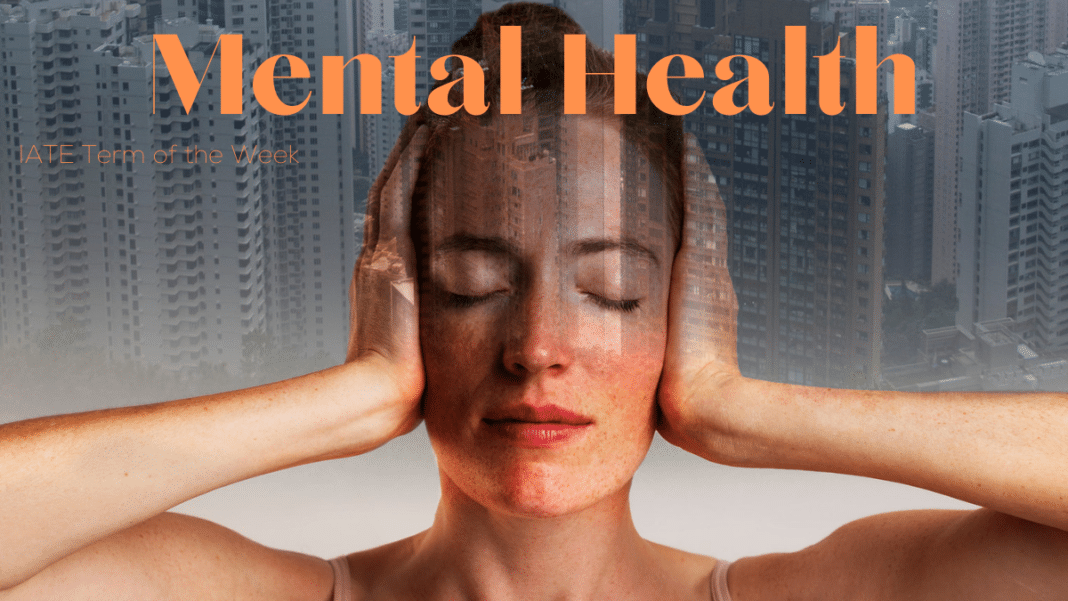With the ongoing pandemic and lifestyle disruptions it created, mental health has been receiving more and more attention. From people whose work situation changed overnight, to parents suddenly becoming home teachers. From lack of socialization to leading most of our daily activities in front of a screen. These and many more (unpleasant) events have forced us to adapt to new daily routines, taking their toll on many people’s mental health.
When referring to mental health we often think about WHO’s definition, describing it as the state of well-being in which we can realize our own potential, cope with normal life stressors, work productively, and make a contribution to the community. If, for whatever reason, one is not able to handle all of these successfully, we talk about mental disorders. They often lead to an overall feeling of unhappiness, family conflicts, social isolation, relationship difficulties or substance abuse, making it hard to go on with life easily.
Types of mental disorders
Mental disorders comprise a wide range of problems, each with its particular symptoms. Sometimes, symptoms can overlap, and certain are experienced in multiple disorders (disturbed emotions or thoughts, distressed behaviour). Below we list some of the most common ones:
- Anxiety disorders (including panic disorder, obsessive-compulsive disorder and phobias)
- Mood disorders (e.g. depression, bipolar disorder)
- Eating disorders
- Personality disorders
- Post-traumatic stress disorder (also known as PTSD)
- Psychotic disorders.
When mental disorders are concerned, no cause can be singled out. However, various factors such as family history, stressful life experiences, traumatic injuries and serious medical conditions can contribute to the risk of developing one later in life. It’s important to state that mental disorders have nothing to do with someone being lazy or weak, and they are not caused by character flaws.

Potential signs that your mental health might be at risk
At the moment, there is no way to prevent a mental disorder from happening. But noticing one or more of the warning signs might help with its early identification, resulting in successful treatment (if needed) and control. Here are some of the signs you may want to look out for in yourself or a loved one:
- Sleeping too much or too little
- Having low or no energy
- Feeling helpless and/or hopeless
- Experiencing severe mood swings
- Thinking of harming yourself or others
- Problems with eating
- Feeling numb or like nothing matters.
These or other states might manifest as an occasional episode, but if you notice they persist, make sure to seek appropriate help and support.
Useful glossaries
If you want to learn more about the topic, check out the glossaries below:
- https://www.bestselfwny.org/resources/glossary-of-mental-health-terms/
- https://www.euro.who.int/en/health-topics/noncommunicable-diseases/mental-health/data-and-resources/key-terms-and-definitions-in-mental-health
- https://mhe-sme.org/wp-content/uploads/2018/07/MHE-Glossary-2018.pdf
- http://www.wamhinpc.org.uk/glossary-of-mental-health-terms.
References
World Health Organization | Regional Office for Europe. 2021. Key terms and definitions in mental health. [ONLINE] Available at: https://www.euro.who.int/en/health-topics/noncommunicable-diseases/mental-health/data-and-resources/key-terms-and-definitions-in-mental-health#health. [Accessed 26 June 2021].
MedlinePlus. 2021. Mental Disorders: MedlinePlus. [ONLINE] Available at: https://medlineplus.gov/mentaldisorders.html. [Accessed 27 June 2021].
MentalHealth.gov. 2020. What is Mental Health?. [ONLINE] Available at: https://www.mentalhealth.gov/basics/what-is-mental-health. [Accessed 26 June 2021].

Written by Lara Karlović, a digital marketing enthusiast with experience in social media management, SEO optimization, and content marketing.

